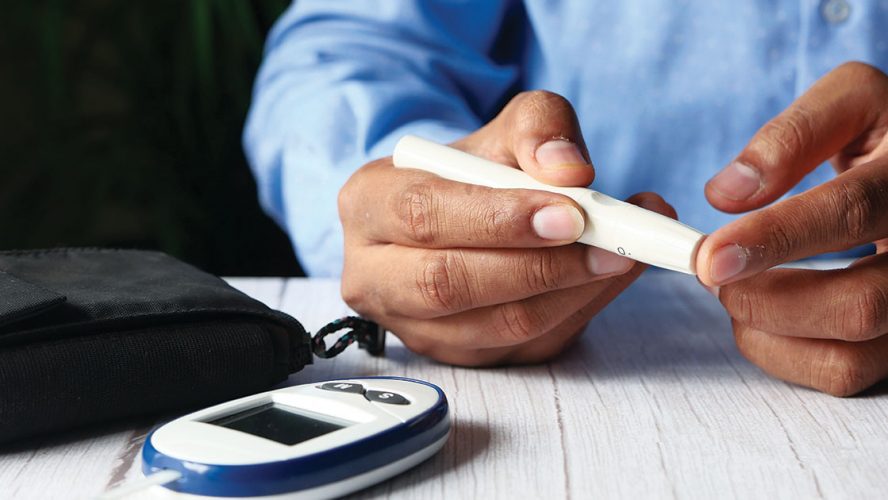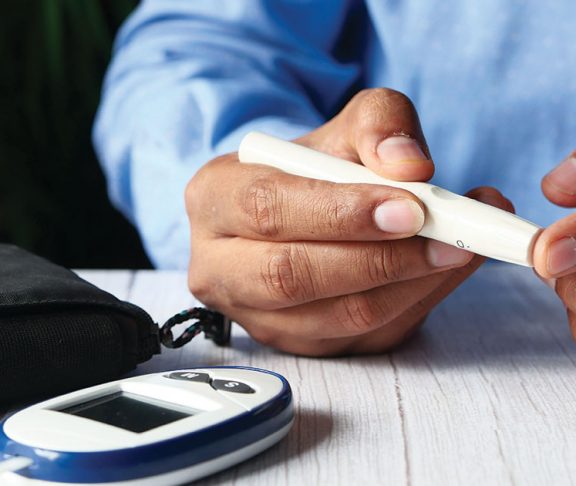There are almost 200,000 amputations that take place in America each year, meaning that an American loses a limb every four minutes due to diabetes. This problem is particularly pronounced among minority populations.
In fact, Black Americans face rates of amputations that are more than twice as high as white Americans. Research shows that as much as 60 percent of these procedures are preventable through screening, diagnostic testing, earlier interventions, and proper diabetes management.
People with diabetes are at an increased risk for developing complications that can sometimes lead to amputations. Many of these complications include peripheral arterial disease, lower limb neuropathy, or wounds or ulcers that are slow to heal.
It’s important that people with neuropathy know that, because of the neuropathy, they may not experience normal sensation in their feet. This becomes critically important, especially if they have poor fitting shoes or step on something while barefoot. Normally, we would have pain from these things, but people with neuropathy may feel nothing at all. This can lead to the formation of a foot ulcer, which, if infected, can be quite serious and potentially lead to amputations.
Preventing amputations
Fortunately, medical science has advanced a great deal in a very short amount of time. Screenings for such conditions are widely available and have been demonstrated to be highly effective at preventing unnecessary amputations. Additionally, minimally invasive surgical procedures are now available to these patients, which can also help prevent amputations. These revascularization procedures can help restore blood flow to the lower extremities and improve wound care, which is particularly important for people with diabetes.
Unfortunately, for many Americans, including many with diabetes, these screenings are often not taking place. Proper foot care is an essential component of diabetes management, though it is often an overlooked aspect, particularly as patients go in for their regular visits with their health providers.
These screenings can include simple, noninvasive tests, such as diabetic foot exams and fitting patients for better footwear. These tests are designed to help people with diabetes avoid amputations by identifying potential lower-limb neuropathy, poor blood flow, or slow or non-healing wounds or ulcers in patient’s feet.
Early detection
As with most conditions, earlier interventions are better. The best thing people can do is check their feet, specifically the bottoms, every day. If they have neuropathy, they might even need to use a mirror to see the bottoms of their feet and make sure they have no cuts or ulcerations.
If they have neuropathy, they should probably be seeing a podiatrist to prevent calluses and ulcers, and focus on good blood sugar control as that is the most important key to prevention. One does this through appropriate diet and exercise, medication and monitoring, and ensuring they see their healthcare provider on a regular basis.
Together, we can reduce the number of amputations that take place every year and even save lives.

